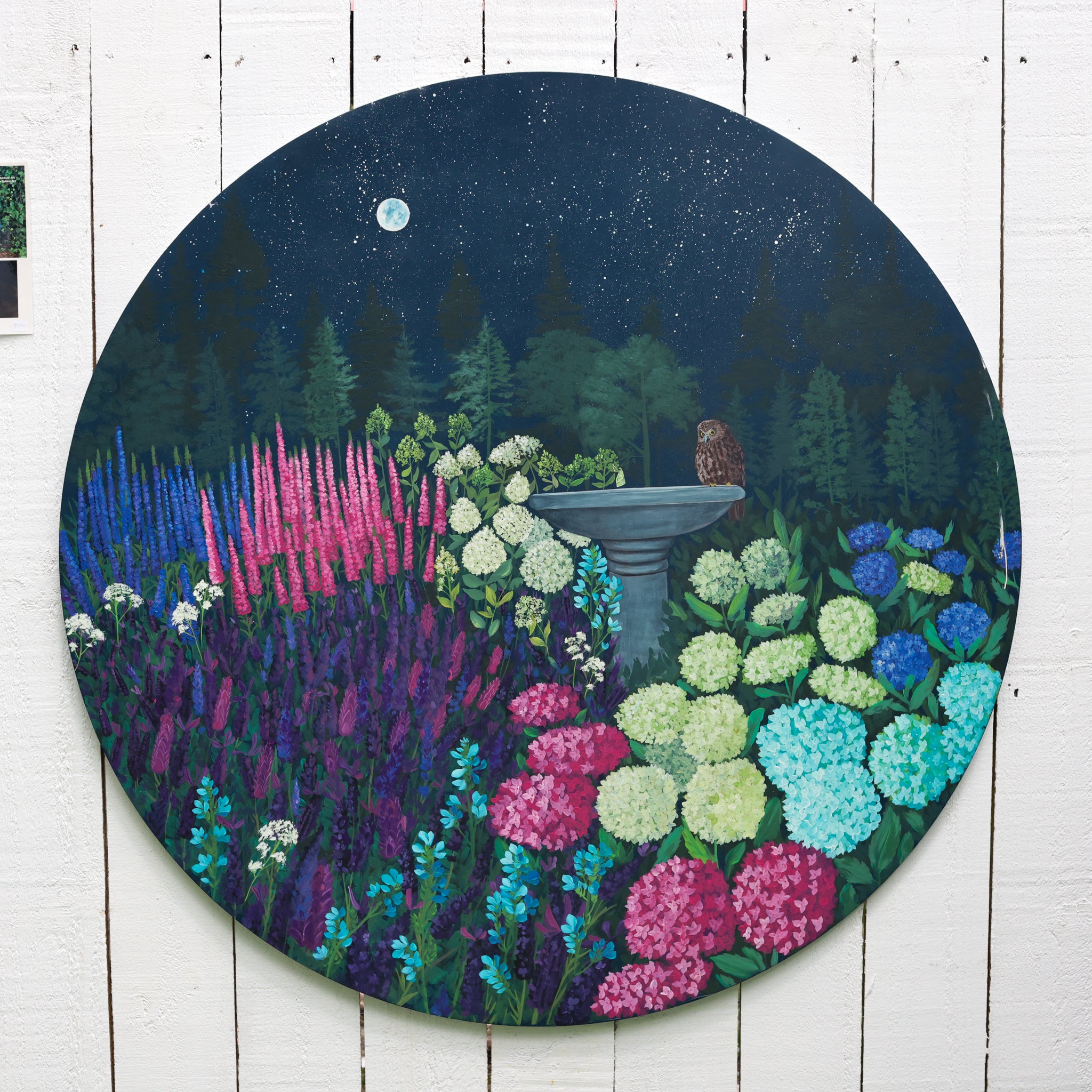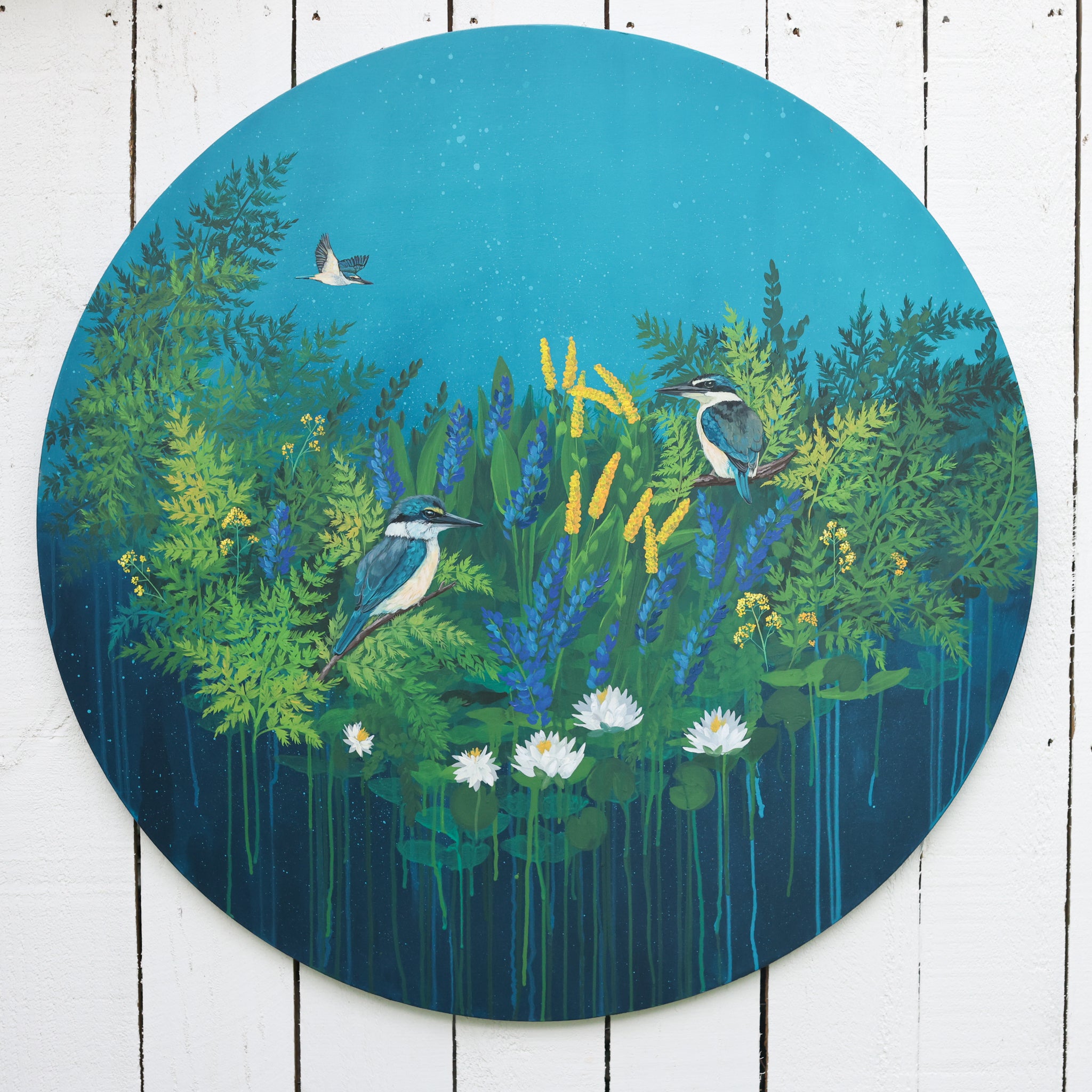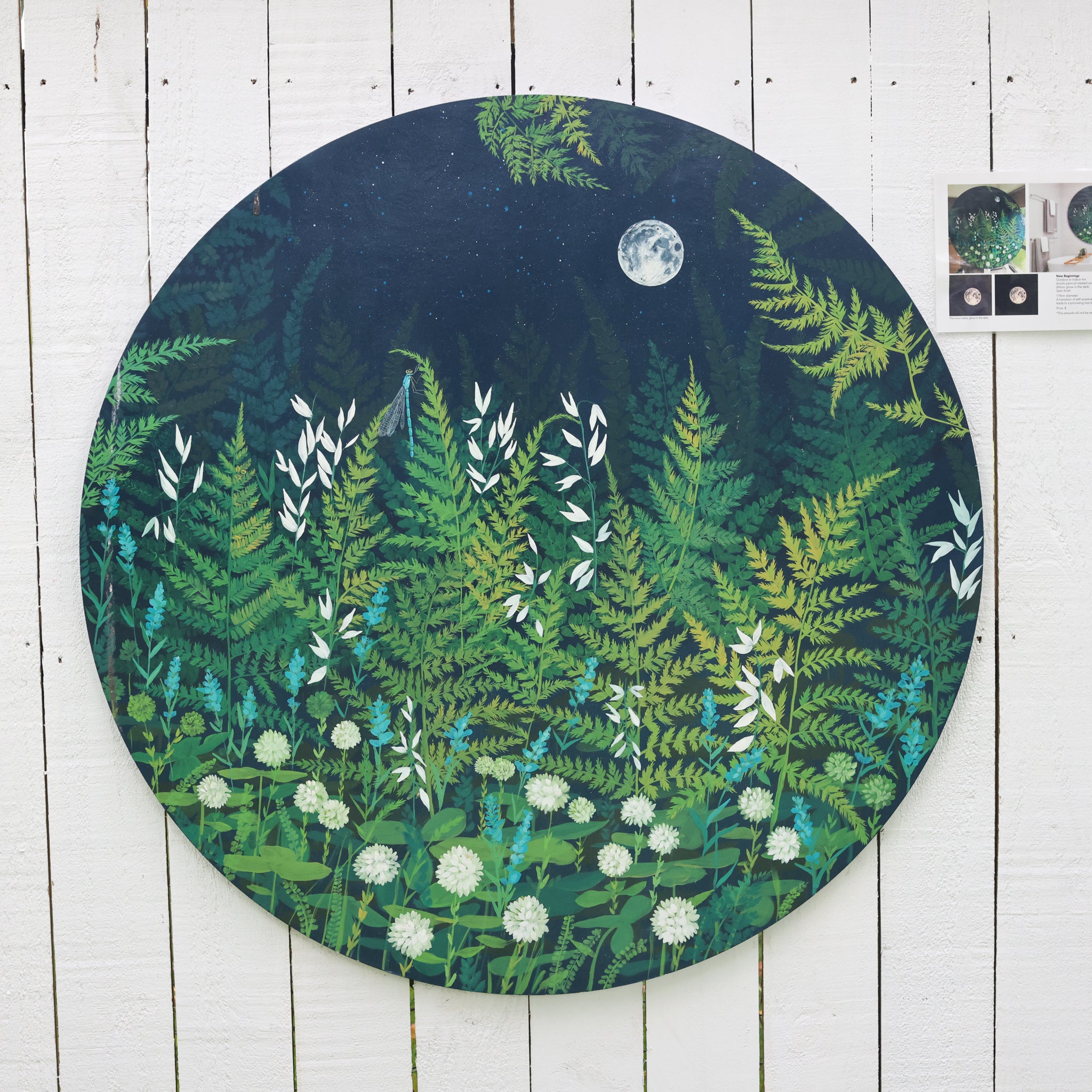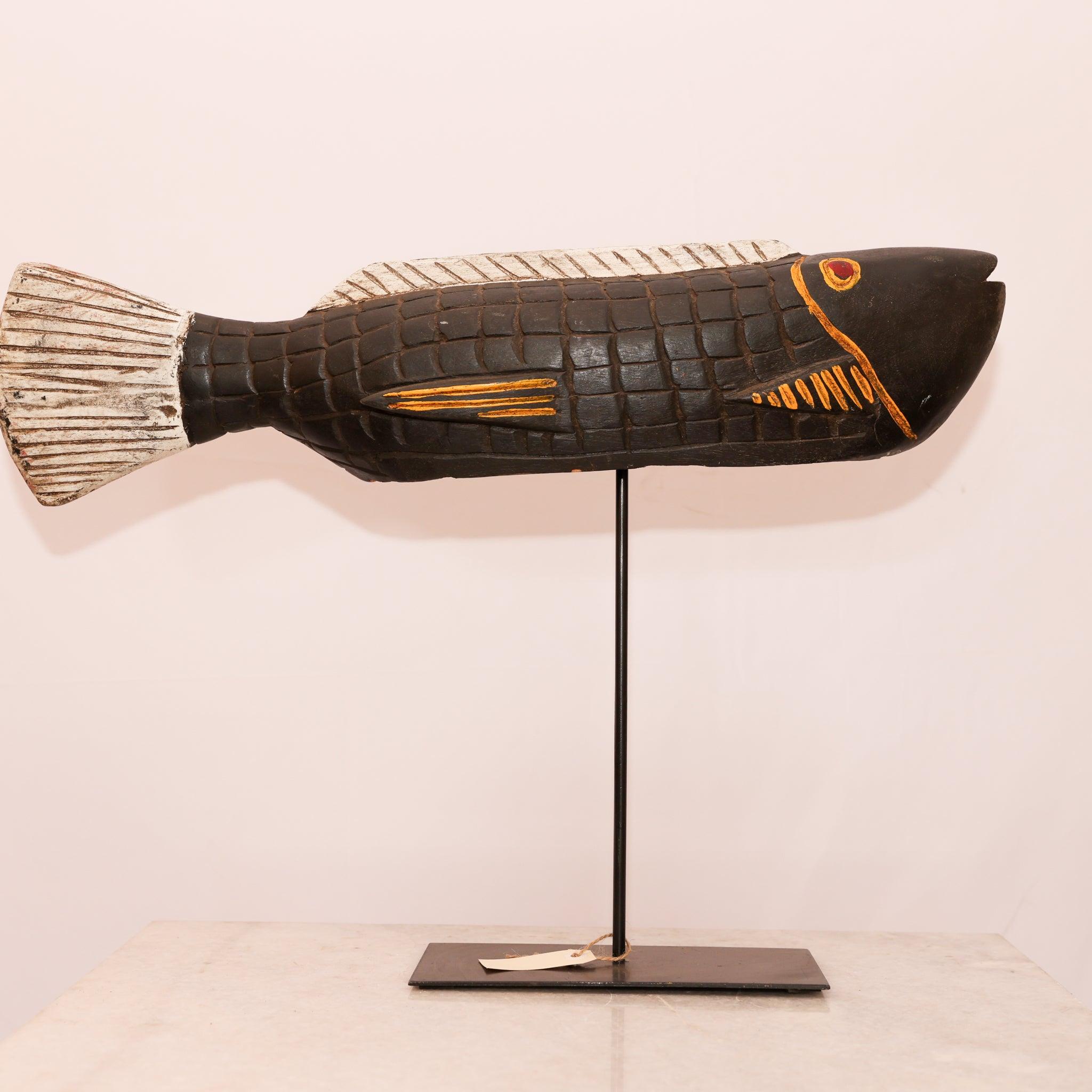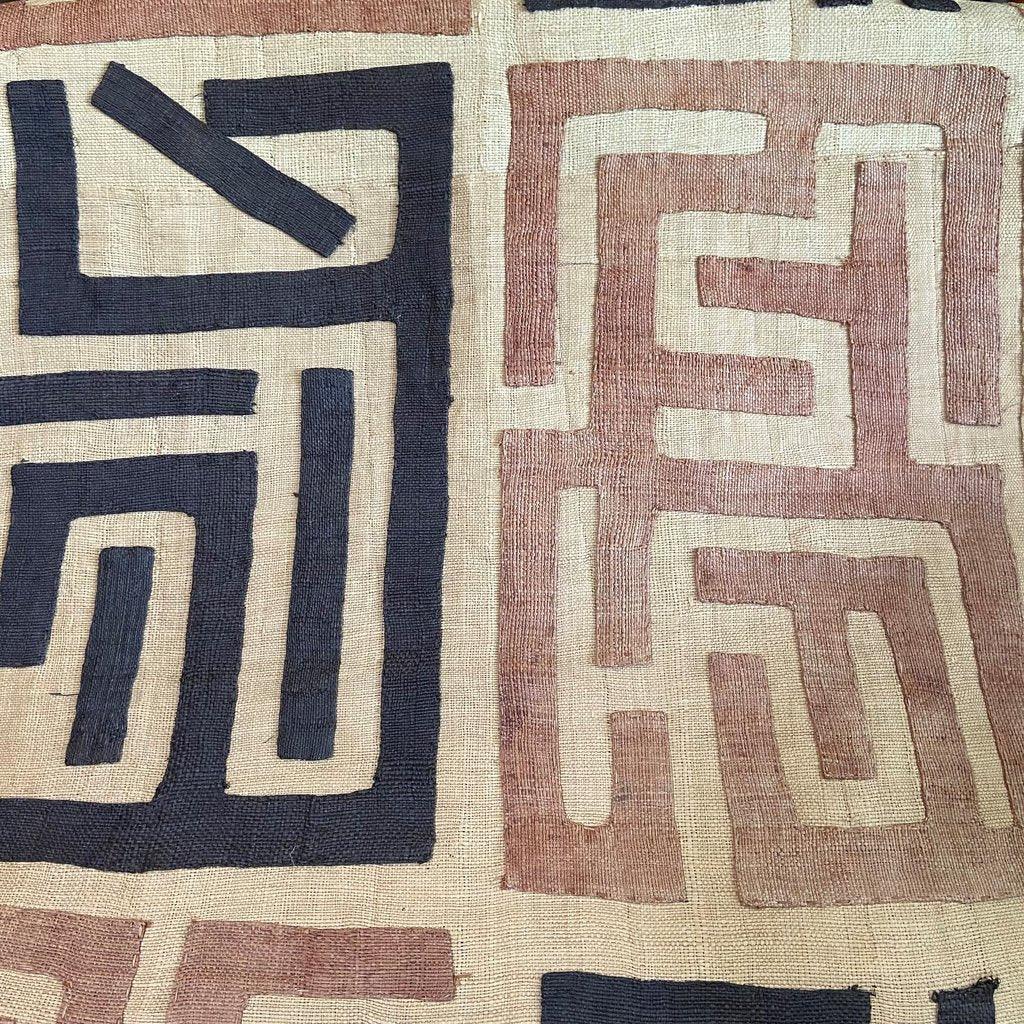

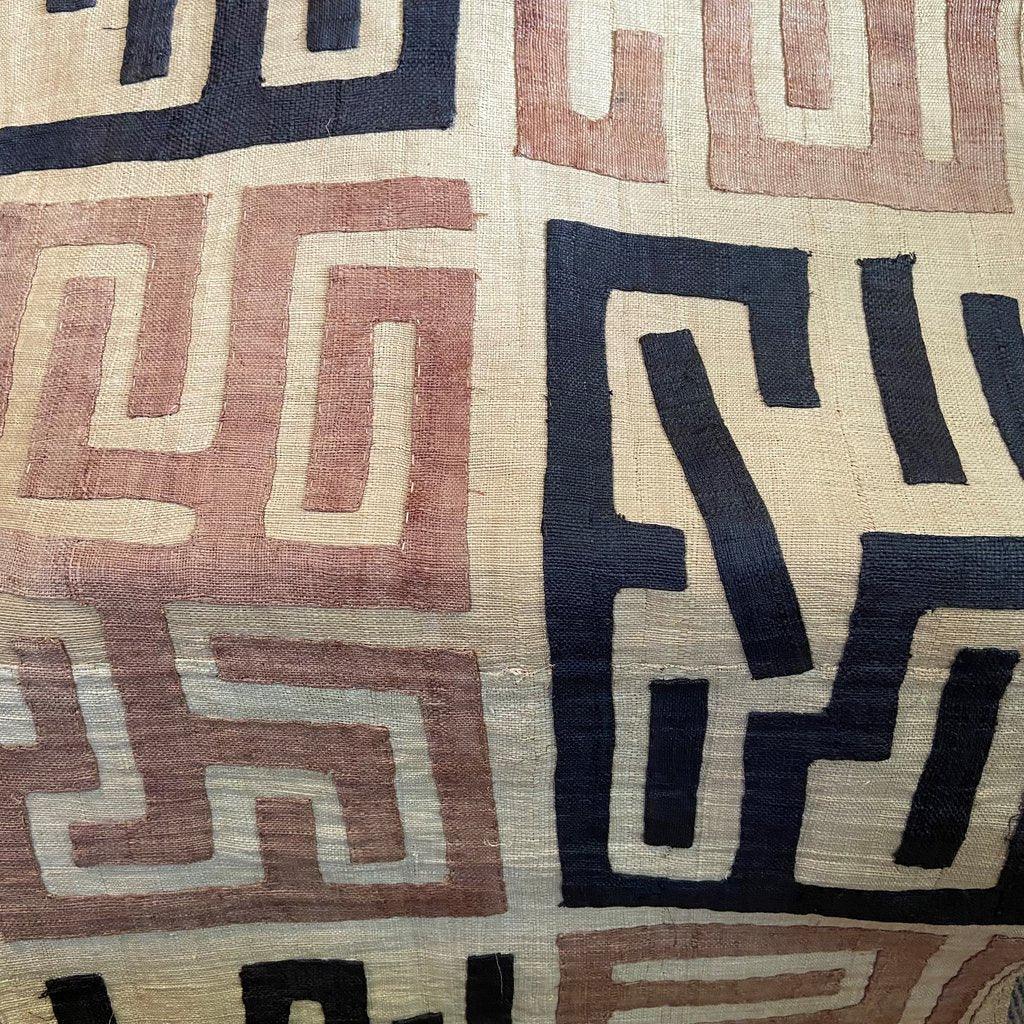



Kuba Cloth
We have been selling Kuba cloth and Shoowa cloth for the past 20 years and are quite pleased with ourselves that we were on trend so many years ago - look in most high end glossy interior and architectural magazines and you spot a Kuba lurking somewhere... and the best thing is, we don't ever get tired of it! (Only when the designs are seen in mass branded homeware stores- I don't think they paid any intellectual property rights to the Bakuba people when they copied their designs and styles - don't get us started on copying!!).
This is a fine piece of Kuba cloth with a generous length of 3.6 metres x 60 cm. It is worth reading the Kuba cloth story as follows:
The Kuba People
The Kuba, also called Bakuba, are a cluster of about 16 Bantu-speaking groups in southeastern Congo, living between the Kasai and Sankuru rivers. The embroidered and appliqué decorated raffia cloths of the Kuba peoples are the best known survivors of an ancient African tradition of fine quality raffia cloth weaving that was once widespread across the whole of Central Africa.
Symbols in the After-Life
The Kuba believe that high quality, correctly patterned raffia dress is key to being recognised by clan ancestors in the land of the dead, so families accumulate the cloths and pass them down through the generations.
Creating Cut-Pile Kuba Cloth
The basic unit of Kuba weaving is the undecorated square of plain raffia cloth, the mbal, woven by men on an upright single-heddle loom. Although men sometimes decorate the cloth they weave, only women produce the most laborious and prestigious type of cloth decoration, cut-pile embroidery. It takes about a month of regular work for a woman to complete a small square of kuba cut-pile embroidery using a laborious technique that includes dying, detailed needlework and clipping individual tufts.
Applique Kuba Cloth
The applique technique again begins with the individual cloth unit to which raffia pattern elements are secured with an embroidery stitch in single or double rows around the perimeter of each.
The small appliqué Kuba Marriage Cloths have a special place in Kuba culture. These are traditional pieces woven by young women to mark their marriage and departure from their family village. The symbols on these cloths represent landmarks and features of their childhood village.
Sources : Encyclopedia Britannica, Adire African Textiles, Ann E. Svensonm Assistant Textile Conservator, Los Angeles County Museum of Art
This product is located in Havelock North and can be shipped nationally and internationally



